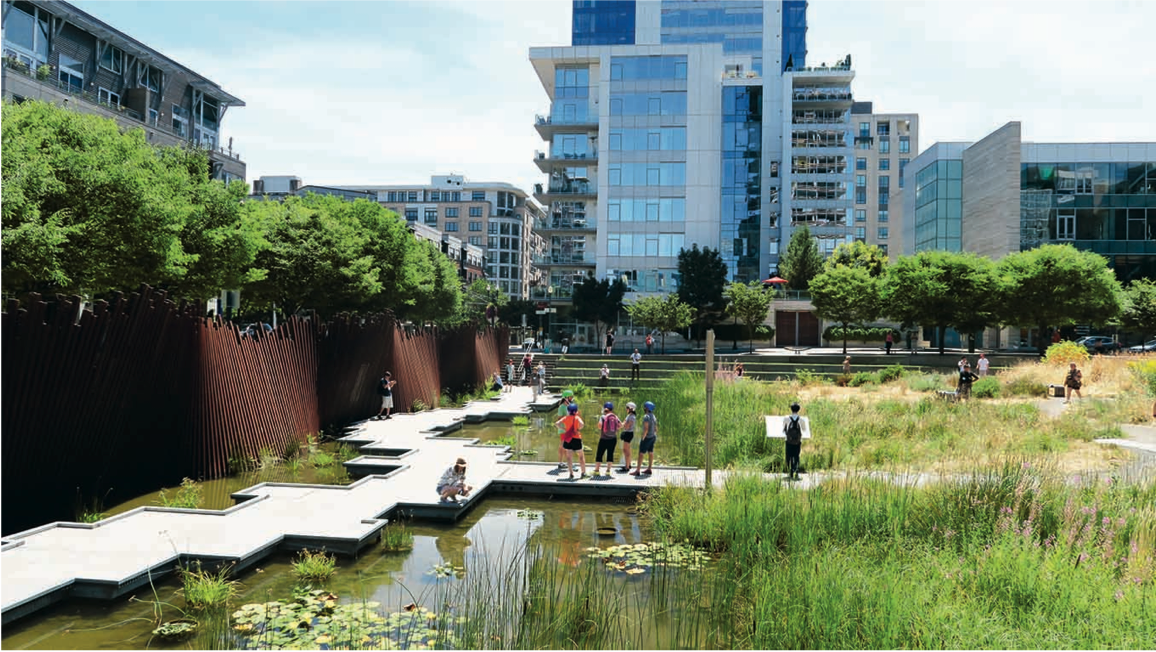Contemporary cities and architecture are constantly evolving. The 1980s unleashed a period of creativity with the opposing approaches to architecture of deconstructivism and minimalism. Conceptual architecture also entered the field – perhaps inspired by the formal and conceptual art or the postmodern search for meaning and identity.
The common use of computers and digital techniques for design and manufacturing allowed for architecture with more complex geometry to be designed and built. Spectacular buildings with complex geometry entertained the visitors and owners looking for spectacles.
The 21st century continued with the explosion of urban diversity and creativity. There are no more rules – the field is open. The Machine Civilization (as Le Corbusier used to call it) has given way to our Digital Civilization where our lives and work have changed in almost every aspect. The new technologies for designing, building and managing our cities are proliferating as well as new concepts such as smart cities, which many hope will be the solution to some of our problems and help us live better.
Social media also brought the phenomenon of buildings as scenography. Many of them were meant to be photographed and filmed more than inhabited. The direct experience of space became less important than views and image, and the notions of concept, ideas, transformation were lost. Buildings gave the impression of something rather than actually being it.
On the other end of the spectrum in contemporary architecture was social design. It was a surge of community-focused projects, whose main goal is to create massive social change. Rather than celebrating the starchitects, what is valued is the actual social impact of projects.
A Path Forward

The current climate, energy and resource crises that humanity is living through demands for a more sober and practical solution to these problems that is reflected in the built environment. Where we are heading now should be the opposite of “impressive” formal design just for the sake of appearances, but rather a return to the core mission of architecture and town planning as the arts of creating spaces for wellbeing, happiness, joy and conscious living, all while making them beautiful and evoking positive human sentiments.
The role of architects and city planners is to respond to the challenges of their time but also to anticipate the ones of the future. We have to proceed forward while looking backwards and honoring what the previous generations have left us as knowledge, skills and heritage. Yet, we need a new mindset and consciousness. We need clarity and to regain our sense of purpose to guide us through these complex and challenging times in redefining the role of architecture in the creation the next generation of sustainable design for our civilization.
If you would like to learn more about contemporary architecture and cities, you can enroll in our online courses and programs at Build Academy.

